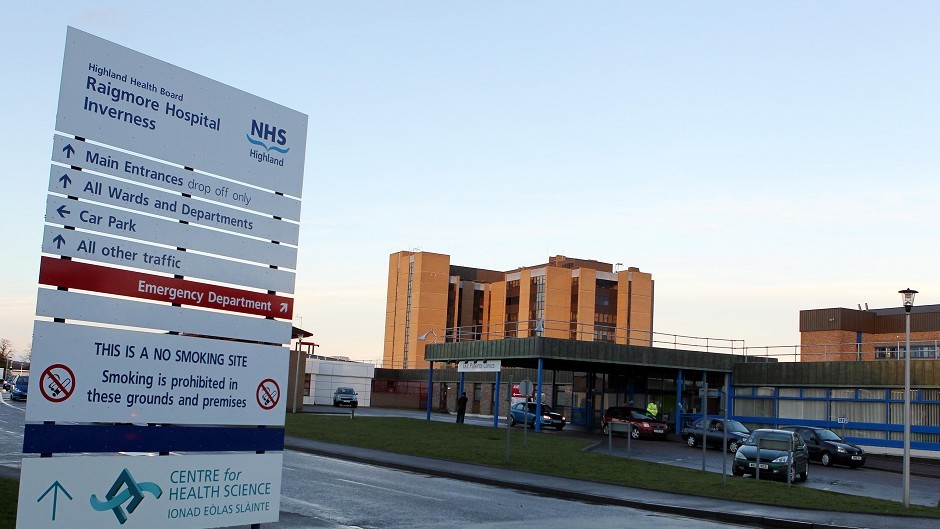Two wards at the north’s flagship hospital have reopened after an outbreak of norovirus.
A further two wards remain closed to new admissions at Raigmore Hospital in Inverness because of the diarrhoea and vomiting bug.
Ward 2C has reopened having been closed to visitors and new admission for more than two weeks.
The unit was shut on Saturday, February 20, and has since been deep-cleaned.
An NHS Highland spokeswoman said the ward is now “fully operational”.
Ward 6C had one bay closed and visiting was suspended on Friday, March 4 until yesterday.
However, following investigation by the infection prevention and control team, norovirus has not been found on the ward and it has been able to reopen.
Dr Adam Brown, consultant microbiologist for NHS Highland, had previously said that the decision to close the ward had been taken as a “precaution” because of norovirus elsewhere in the hospital and in the community.
Wards 7C and 2A both remain closed to new admissions and visiting is suspended due to norovirus.
NHS Highland has previously said that seven patients on Ward 7C had been affected while 11 people on Ward 2A had shown symptoms.
The hospital had been completely closed to visitors for a weekend earlier this month after 50 patients showed symptoms of norovirus.
Norovirus is extremely infectious and causes diarrhoea, nausea and vomiting.
It spreads in the air where someone has had diarrhoea or vomited and is extremely infectious.
There is no specific treatment for a norovirus infection and it is not usually necessary to visit a doctor.
The first sign is usually a sudden sick feeling and symptoms usually last a couple of days, although it can be longer in elderly people.
The best course of action is to stay at home and to drink plenty of water to prevent dehydration.
People should also adhere to strict hand washing techniques to reduce the spread of the virus.
